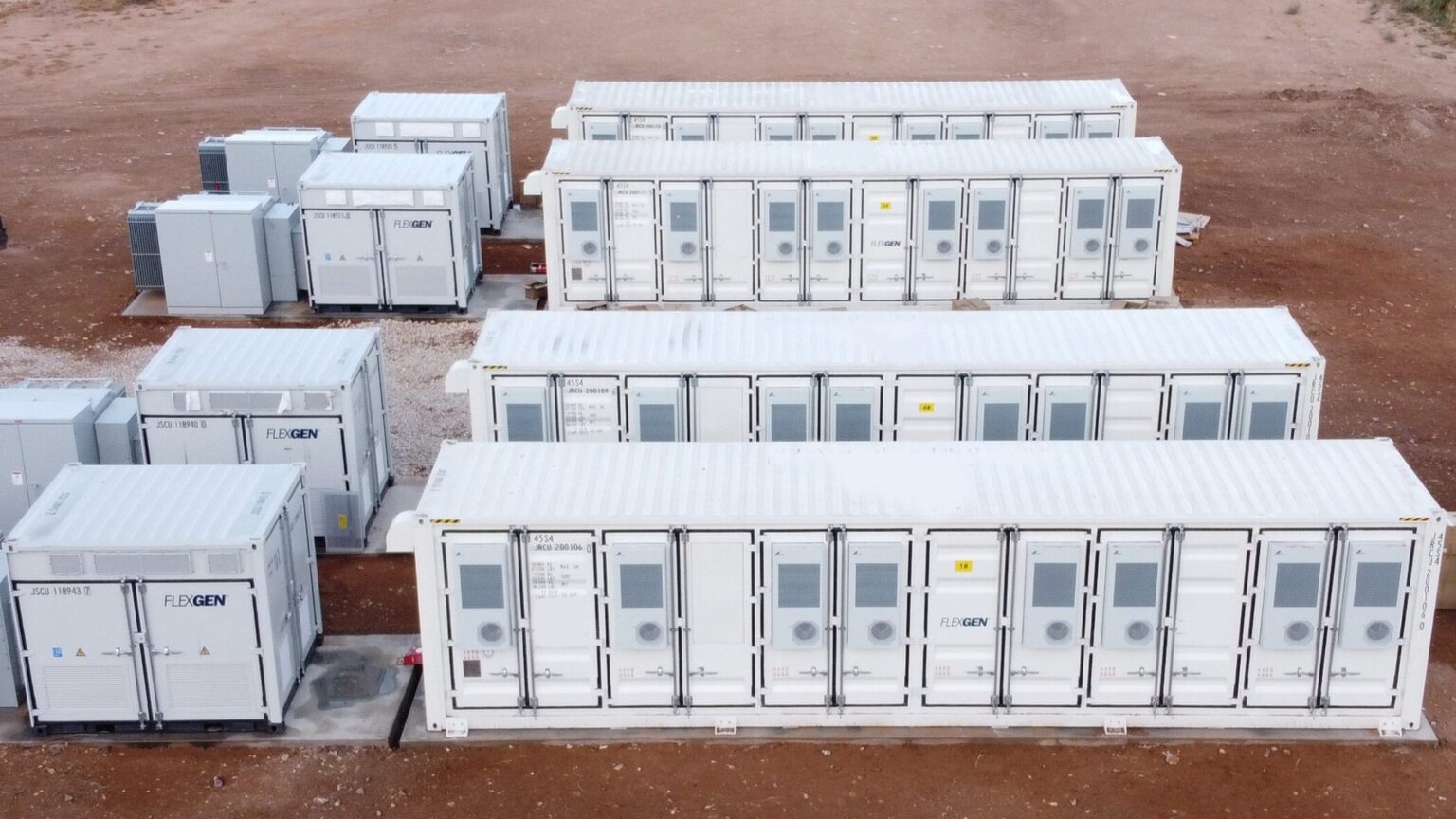Energy Storage Controls
You will have the privilege of being the initial recipient of updates from Schneider Electric. In due course, you can anticipate receiving a welcome message. Have a delightful time!
The third division comprises public infrastructure, commercial establishments, and industrial facilities. Within this category, energy storage systems will primarily be deployed to assist with load management during peak periods, facilitate the integration of on-site renewable energy sources, optimize self-consumption, serve as a backup power source, and support grid-related services. It is our belief that BESS holds the capacity to decrease energy expenses in these regions by a staggering 80 percent. The case for implementing BESS is particularly compelling in countries like Germany, North America, and the United Kingdom, where demand charges are frequently imposed.
If the project consists of multiple inverters, then only one inverter and its corresponding batteries are required for step 6. As a result, the remaining components of the project can continue functioning with a partial outage while the full outage, lasting two weeks, is solely necessary for the completion of step 7.


